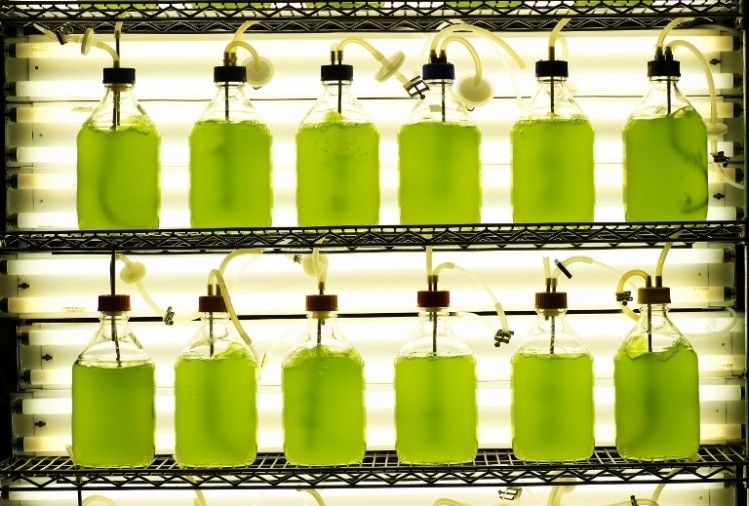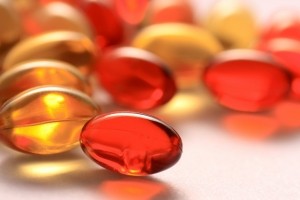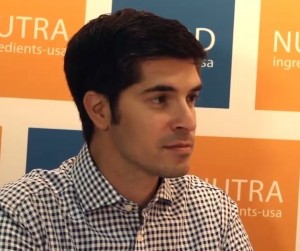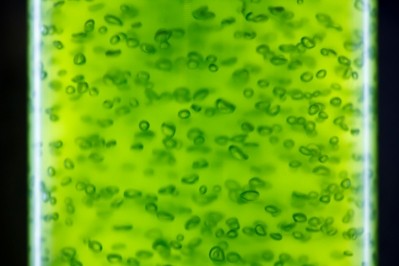Special edition: Algae
Algal omega-3s sustainability message should be additive, not predatory, GOED director says

One of the big arguments for the benefit of algal omega-3s comes from the sustainability message. This has especially been touted by companies developing photosynthetic algal strains for their omega-3 potential. The argument goes something like this: Fish are a limited resource and subject to both natural fluctuations and depletion if harvest limits are not carefully managed. The supply of algal omega-3s, on the other hand, is limited only by the available capital. Untold tons could come onto the market if enough investment were devoted to it, proponents say.
“I think the algae companies have to be a little careful when they talk about sustainability,” Adam Ismail, executive director of the Global Organization of EPA and DHA Omega-3s (GOED) told NutraIngredients-USA. “You can’t defame an entire category.”
Some algal suppliers have in the past made what Ismail said are wild claims about the health of the oceans. GOED, which was founded back when few sources of algal omega-3s were on the market outside of the infant formula and dairy fortification realms, has long maintained that the fisheries that are used as sources for omega-3 raw material are responsibly managed.
“The vast majority of the fish oil omega-3 companies are sourcing responsibly-caught fish. If algal omega-3 companies are marketing their products on the basis of vast overfishing in the world that is just as misleading as some other types of claims,” he said.
Nevertheless, a supply does potentially loom in within the omega-3s sphere, an issue which GOED has long acknowledged. Only a small percentage of the world’s population is currently receiving the most recent recommended intake of 500 mg combined of DHA and EPA per per day. New supplies of marine omega-3s continue to come on board. Companies are finding ways to extract commercially viable omega-3s from waste material from existing fisheries, and new species, like cold water shrimp, are being tapped as EPA and DHA sources. And oils that in the past were going straight into animal feed are being investigated for dietary ingredient extraction. But if everyone in the world were to be supplied with that recommended daily intake, it probably won’t be enough, Ismail said.
“We’ve said this for a number of years that every source needs to be developed to supply enough to the human population and that includes algae and plant sources,” he said.
Fermentation head start
The first big foray of algae into the omega-3s space came in the form of DHA added to infant formula. The former Martek Biosciences developed this source starting a couple of decades ago and locked up that market with a robust IP portfolio prior to its acquisition by DSM in 2010. That market was further organized with the resolution of a longstanding patent dispute between Lonza and DSM that started under Martek relating to DHA sourced from a fermentation organism. Under the agreement that was reached in early 2014, DSM Nutritional Products became Lonza’s supplier for its Schizochytrium-based DHA (docosahexaenoic acid) omega-3 oil.
Matthias Rüsing, global product manager for Lonza’s DHAid, said at the time of the agreement that the global food supplements market would remain the focus for DHAid, not the lucrative and fast-growing infant formula space which DSM dominates via the algae DHA business it paid $1 billion for.
The patent dispute dates back to 2006 when Maryland-based Martek successfully sued Lonza over patent infringement relating to the US activities of the DHA business Lonza had itself just acquired from Celanese-owned Nutrinova late in 2005. It was prevented from marketing DHA there.
ADM is also close to entering the human nutrition space with a DHA ingredient derived from a fermentation organism. The company announced a partnership in 2014 with the firm Synthetic Genomics to develop a facility in the US to produce the ingredient.
“We plan to target animal feed first, but in the human food market, we will target dietary supplements and functional foods at the same time,” Greg Dodson, ADM’s manager of Foods & Wellness told NutraIngredients-USA at the time.
But it is the photosynthetic algal omega-3s that hold the most promise for building on a (carefully crafted) sustainability message. First, there is the notion of harvesting sunlight, though some technologies call for growing under artificial light. Secondly, there is the argument that a number of these organisms thrive in salty or brackish water, so the cultivation, which requires large amounts of water (though that water is commonly recycled), can use water sources that are unusable otherwise.
New subcategory?
One company that has developed a photosyntethic algal omega-3 ingredient is Qualitas Health, an Israeli company that has its production facility in Texas and is moving its headquarters to Houston. The EPA-only ingredient, which is derived from Nanochloropsis oculata, also features a healthy dose of glycolipids, which boosts the bioavailability, the company says. The result is an ingredient which really pioneers a new subcategory in the opinion of new CEO Miguel Calatayud.
“I think it is time to talk about a different category. I believe we in front of a revolution in the omega-3s field. Everything started with fish oil, and then suddenly there was something new, there was krill oil with its claims of higher bioavailability,” Calatayud said.
“Now we are here and we have a very high bioavailability, at least as high as krill oil, and it’s from a plant based product. And we don’t have to use sugar, like the fermentation organisms do,” he said.
The ingredient, branded as Almega PL, is on the market following Qualitas’s reconstruction of its production facility near Midland. A once-in-a-century type flooding event interrupted operations at the company’s open-pond farm. While the company remains committed to the open model, the event required some design modifications and induced it to bring new talent onto the production team.
“We are not even trying to compete with fish oil or krill oil. I think the fish oil companies should be happy to have a cousin like us. We are bringing a novel value proposition to the market so the category overall will grow,” Calatayud said.
Promise is still there
Ismail said that more than a dozen companies that are members of GOED are pursuing omega-3s from algae. The development of dietary ingredients from algae has a long history, but still has a ways to go, he said. Early promoters of this path of ingredient supply have routinely underestimated the complexities involved in moving from bench scale to full scale production.
“It’s still early days and that sounds strange because we’ve been talking about this for a very long time,” Ismail said. “There is a mix of different models. Fermentation is providing a lot of what goes into the dietary supplement space. There are also a number of different photobioreactor systems being used for supplement ingredient production,” he said.
“I think algal omega-3s as a category is still growing fairly rapidly compared to the rest of the consumer product industry. What people want to see is the high double digit growth the whole sector experienced a few years ago. There are regions where algal omega-3s are growing that fast, particularly in Asia. One of the barriers has been the high cost of production but there has been a lot of innovation on that and it is coming down,” Ismail said.










